While the stereotype of the “crazy artist” can be as richly inaccurate as the trope of the “starving artist,” struggles with depression have surfaced in the work of many artists and photographers throughout history. Vincent Van Gogh, Diane Arbus, and Francesca Woodman are just three examples of artists whose work soaked in reflections of their inner demons.
For Tara Wray, photography became a way to manage this, and her book Too Tired for Sunshine, published by Yoffy Press earlier this year, was a therapy blanket—a pastiche of the high and low notes in her life, a vehicle to keep her moving in her lowest possible points.
Videos by VICE
It not only received acclaim from critics but from photographers who identified with her creative outlet for getting through life’s darkest moments. One woman contacted Wray via Instagram, telling her that picking up a camera saved her life. “She started taking photos after she’d gotten out of a mental hospital,” says Wray. “She said using it gave her the means to be present in the world and also to have a buffer, to still feel safe. I knew right then that people were sharing real stuff, and we were on to something powerful.”
Like a constantly accessible group-therapy session, Wray recently launched “The Too Tired Project,” an interactive website, Instagram handle, and hashtag (@tootiredproject and #tootiredproject), as well as a forthcoming book that will feature other photographers stories and work related to mental health.
Having confronted this in my own life and work, I’m profiling six photographers contributing to the project who approach these issues from different angles. Some of them make work to describe their depression, while others use photography as its own cure for getting through the day, or, like Wray, offer an open-ended combination of the two.
Arielle Bobb Willis


New York City–based Arielle Bobb Willis has struggled with depression from an early age. Since her early adolescence, she’s used her camera as a tool to cope with it. Her photographs—bright, bold, and colorful—are not what you might expect for work dealing with it. She describes her popping palette—like light treatment for Seasonal Affective Disorder—as “claiming power and joy in the moments of sadness, confusion or confinement.”
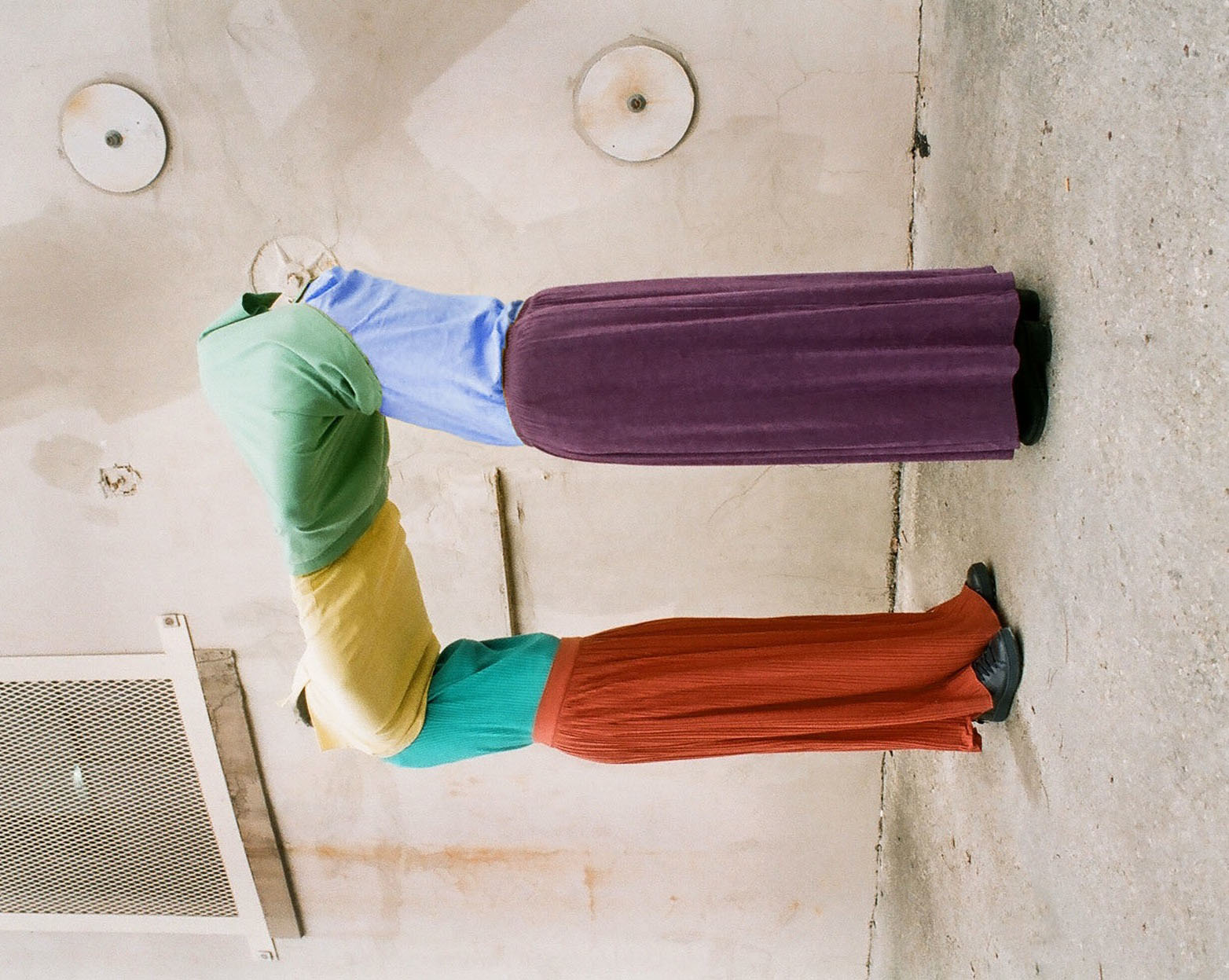
Pulling references from Jacob Lawrence’s classic 20th-century paintings, as well as highly stylized elements of contemporary fashion photography, Willis has developed her own code for capturing life’s many layers. Bodies, often with heads covered or obstructed by swathes of primary colors— sometimes in oversized clothing—take on sculptural forms. Working with up to three models at once, Willis has them embrace, contort, and morph into one. At times she’ll rotate an image 90 or 180 degrees, pushing its sense of colorful dysmorphic chaos. “I think you can see that in the photos,” says Willis, “the tension between my periods of depression and how I’m pushing to bring in more color into my life.”
Locations range from urban alleyways to rooftops, backyards, and more rural settings up and down the East Coast, gathering not only the many places where she’s lived—New York City, South Carolina, and New Orleans—but also the directionless, metaphoric pull of being in multiple emotional states at any given time.

Leah Freed
For the past few years, Seattle-based Leah Freed has been using traditional and alternative techniques with film and darkroom chemicals to better understand and move through her daily struggles with anxiety and depression. Her images are abstract, textural, and dark. They visualize the “feeling” of depression’s existential, incapacitating gravity.

Freed’s recent thesis exhibition at Seattle’s Photographic Center Northwest, Feeling Bad About Feeling Good About Feeling Bad, pulls from her obsessive need to make work as a distraction, helping her cope with everyday stressors she describes as “things that linger and absorb mental focus, time, and energy.” It’s a continuous, repetitive, and therapeutic cycle. In exhibition form, a grid of more than 100 variations of a technical mishap from a 35mm negative—each printed by hand using lith chemistry—looks like an aged surface of the moon: open and impressionable, yet falling apart. Freed animates these into a painfully slow-burning video that’ll make you cry just by watching it.


Freed’s longest-standing series is Breath Studies, which she makes by placing a pinhole camera loaded with 4×5-inch light-sensitive paper on her chest during panic attacks and lets it expose as she gathers her thoughts, counting to ten each time. The resulting black-and-white pictures, contact prints made directly from her negatives, show various stages of clarity—bits of clouds and dark skies blend together, illustrating the weight of the world above.
Michael Bach
Now 58, Michael Bach has been plagued with depression for much of his life. Social stigmas prevented him from addressing it until he was 30 and suffered a breakdown shortly after completing his MFA in photography. He destroyed all of his negatives and most of his prints, vowed to never again work in photography, and instead began working as an artists’ model to make ends meet.

But ten years later, something changed. After taking antidepressants, he began seeing the world in visual terms again. “I found myself making mental pictures in my head as I observed the world before me,” Bach says. “Suddenly, the world was full of light and possibility.”
When neurological tremors short-stopped his modeling, he began making timed self-portraits with an 8×10-view camera to capture them. The resulting images—often shot in dark basements, or outside at night—are blurry and chaotic, and—to the limits of what photography is capable of capturing—give viewers a glimpse into the raw emotional and physical discomfort of Bach’s experience.

Bach’s physical debilitations recently limited his ability to shoot and process analog film, so he’s moved to an iPhone and small digital camera, which continues to be a form of visual therapy. Bach’s iPhone photographs have a different, more off-the-cuff vibe, breaking from the staged parameters of his large-format work, but still, with brutal self-awareness and honesty, help him come to terms with his every insecurity. “They dance the fine line between the repulsion and disillusionment I feel toward my own body,” says Bach, “and the beauty I struggle to find and create in the pictures.”

Ryan Pfluger
In his 2017 talk at TEDx Pasadena, Ryan Pfluger described photography as a “salve for loneliness.” Growing up, the photographer battled depression, which came from his family life and early challenges coming to terms with his sexuality. Photography became a means to cope with his anxiety, specifically around social interaction. “I’ve never been the kind of photographer that approaches people on the street or immerses myself within a community,” Pfluger says. “My own social anxieties got in the way of that.” Instead, when he was in graduate school at the School of Visual Arts in New York City, he used the internet to find men in Brooklyn to photograph, and ultimately used his camera to facilitate interactions that might otherwise be uncomfortable.
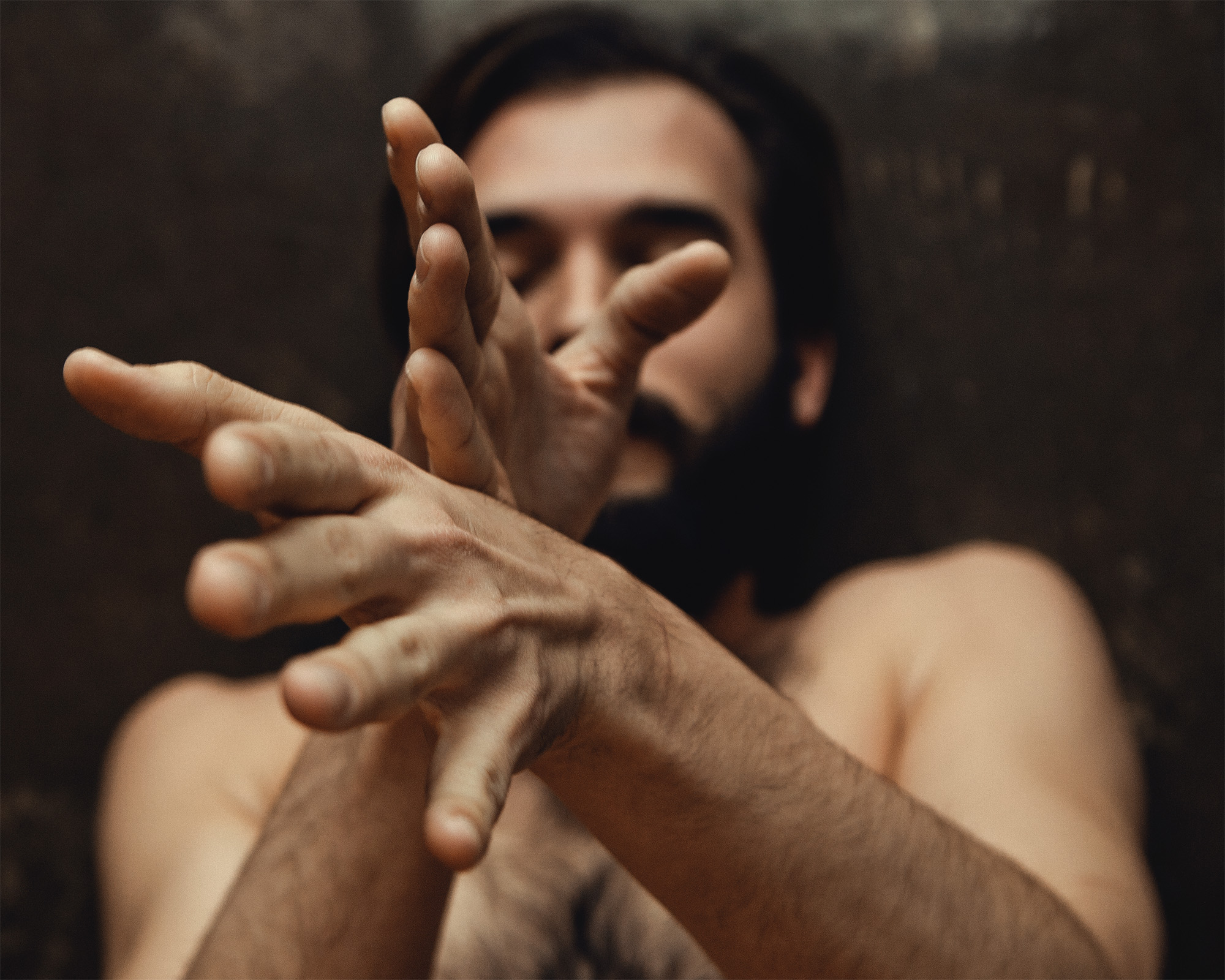
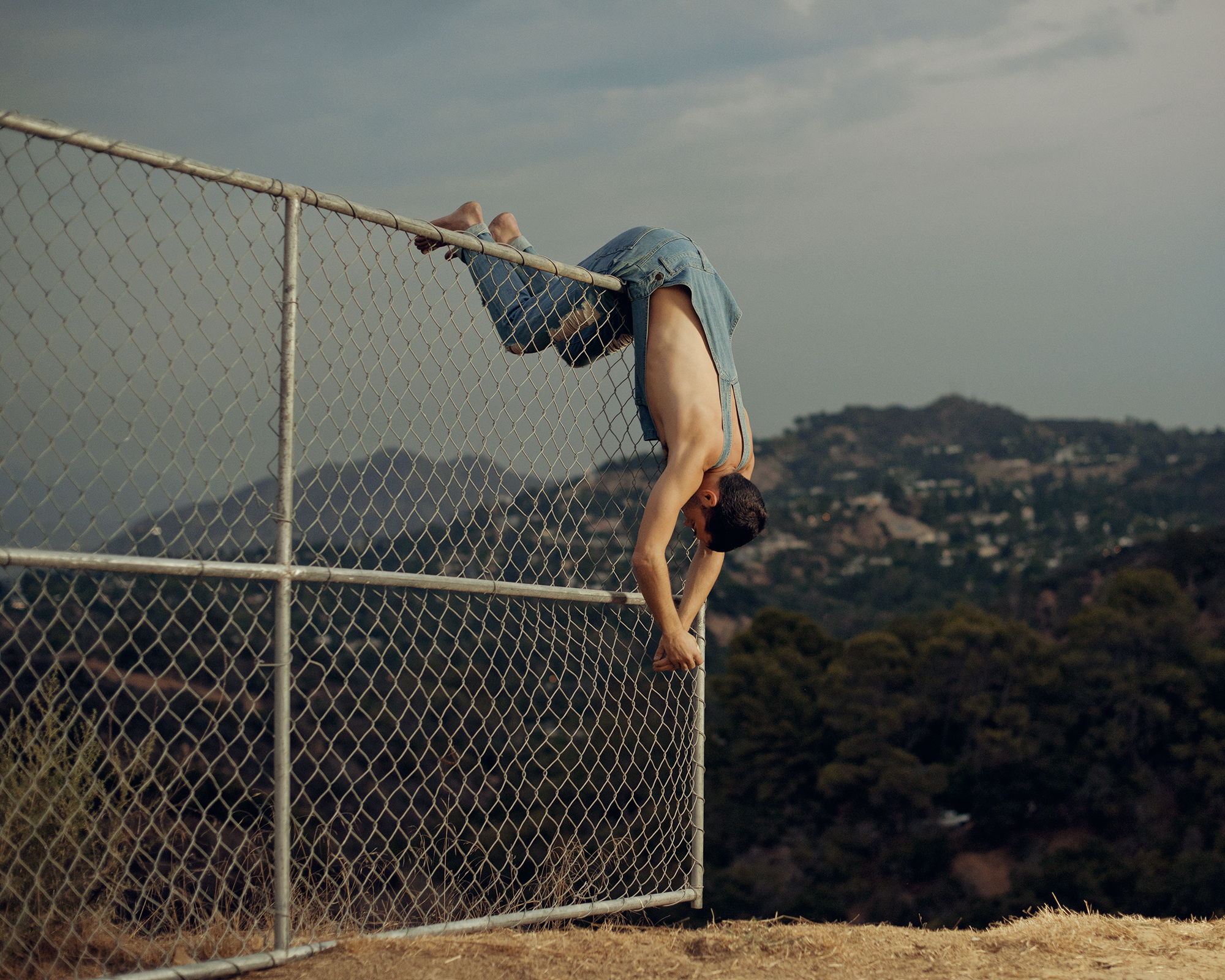 © Ryan Pfluger
© Ryan Pfluger The camera grew into a tool not only to interact with strangers but to reconnect with his estranged father on a cross-country road trip where he made intimate, emotive portraits along the way. In one of these images, Pfluger and his father lay head first on separate, parallel hotel beds. His father, shirtless, stares off, somewhere in thought, while Pfluger confronts the camera and viewer head-on. It’s a breakthrough image, one that not only suggests Pfluger’s internal monologue but perhaps foreshadows his work to come.

Describing himself as extremely introverted, Pfluger continues to live a fairly solitary life, preferring his relationships to be one on one, which he says “can get very lonely.” Like his early work with internet strangers and his father, photography has helped Ryan to overcome this on a professional level. He channels his own uneasiness into a mechanism that gets his subjects—whether they’re common people posing for a personal project, or celebrities like Tilda Swinton, Cat Power, and Billie Joe Armstrong, or even President Barack Obama—to open up. “It’s ironic for sure,”Pfluger says, “predominantly being a portrait photographer but being uncomfortable around people in general.”
Pfluger’s recent travels over the past few years have shown him that discomfort can be universal. “There is an underlying feeling of being misunderstood or lacking in community or not feeling like your home is where you should be,” he says. “I think we forget how the simplest of acts, of being kind to a stranger and taking the moment to make some feel special in a non-transactional experience can really go a long way.”
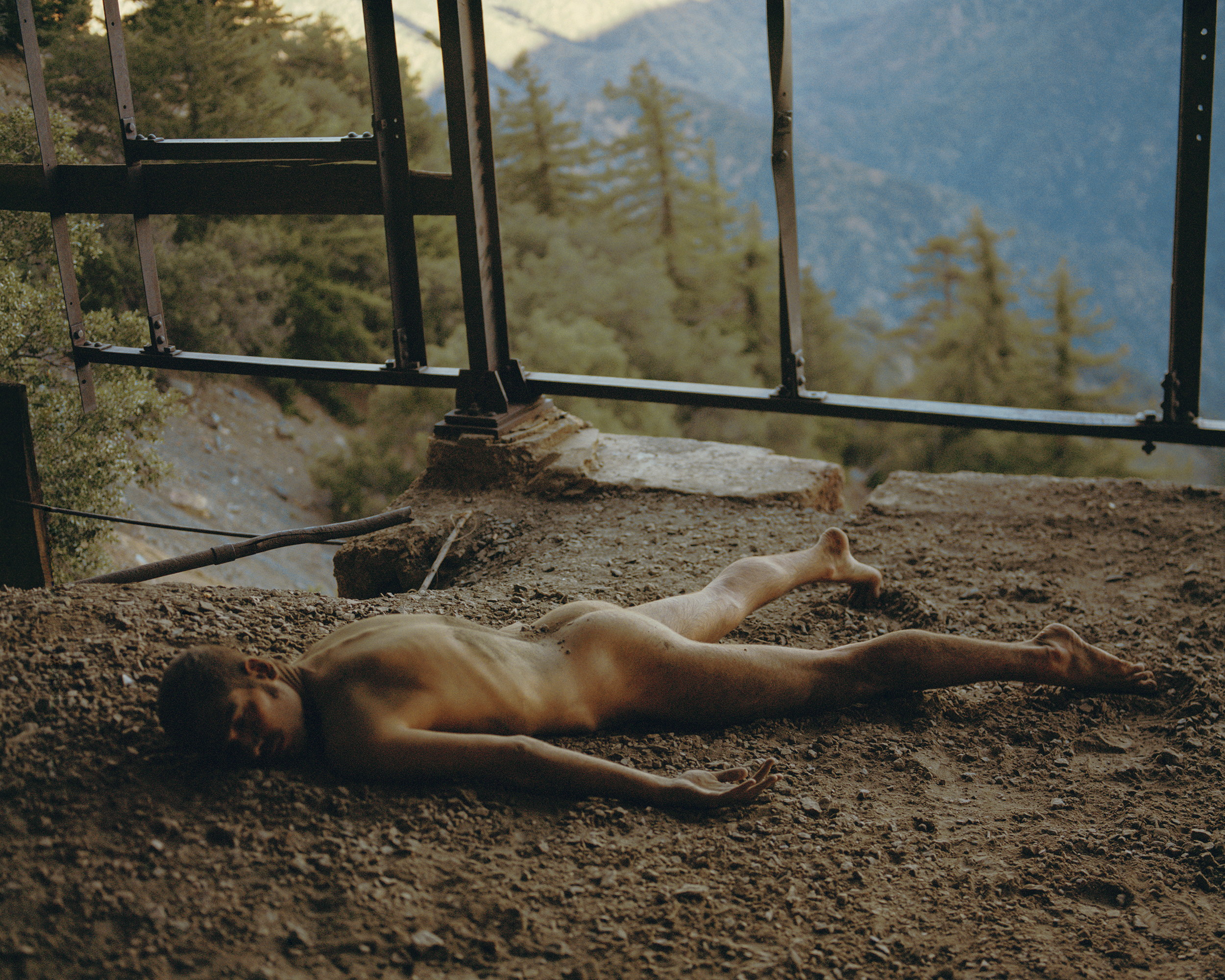

Nathalie Ghanem-Latour
Like Leah Freed, Nathalie Ghanem-Latour uses photography as a “ventilation of stress”—in this case, from a six-month-long destabilizing downward spiral. Despite success in her day job, the photographer’s mental health was rapidly deteriorating and her personal relationships were suffering along with it. “Every day,” she writes, “I was questioning aspects of myself, slowly becoming unhinged.” As the unraveling continued, photography and her series The Six Months helped her exhale and confront her mental health.

The Six Months is a collection of subtle everyday scenes of obstruction that reflect Ghanem-Latour’s ongoing mental barriers, shot during lunch breaks at her job in a strange and remote neighborhood outside of Paris. In one photograph, a red-and-white candy cane–striped rope stretches diagonally across a plane of freshly mowed green grass. It’s a weirdly geometric break in the frame—a bright, obvious detail in the urban landscape that stands in the way yet likely goes unnoticed by the everyday passerby. Another photograph depicts a black hole cut into a similarly manicured suburban bush—perhaps a sign for unsuccessful attempts to push through the emotional walls the artist stood against. In another image, scaffolding surrounds the bust of a Grecian statue, protecting it, yet boxing it in.

For Ghanem-Latour, these photos are mementos of times when she felt out of place in the world. “Walking and taking photos was subconsciously my way of coping,” she says. “In that brief moment, I felt like I could finally let go and be myself. With photography, I can take control of my surroundings, and it allows me to express myself in ways that my anxiety and shyness won’t let me. It gives me a voice and helps me show my strength in times when I have none.”

Joseph P. Traina
For Joseph P. Traina, who battled ADD and dyslexia for much of their life, photography is a way to describe unease in the world and give visibility to depression and trauma more naturally than words. This flows through multiple projects, whether it’s unpacking and recovering from the end of a marriage, learning to understand and love oneself through doubling self-portraits, or using Instagram’s face morph feature to reflect dysmorphia. For the photographer, these many ongoing projects are “a way for me to have control in a life where I sometimes feel like I have no control.”

The cover image of Traina’s recent book, Lost in Seattle, published by Kris Graves Projects earlier this year, could be an umbrella for it all. Traina sits on a plastic-covered mattress looking away from the camera, face spotlighted in natural, Hopper-esque light, waiting for something to change, with no end in sight. Other images capture Seattle’s changing landscape as a symbol of Traina’s unease in the world. Photos of trees swathed in protective bug nets share space with interior shots of window drapes sagging like weeping willows.


Many of the images in Lost in Seattle are part of the photographer’s ongoing series Be Gentle with Yourself, in which Traina juxtaposes doubled self-portraits with altered images from their childhood to better understand the root of it all and learn to implement methods of self-care. “During this time in my therapy,” says Traina, “I learned to listen to what my inner child needed, to cultivate a safe space to grow, a place to be visible.” Many of these portraits—reenactments created during Traina’s lowest points—are a means to step back, self-reflect, and process it all.
“I’m my own biggest enemy,” Traina says. “I joke sometimes that no one hates me more than I hate myself. It’s strangely comforting, being the best at hating myself. I’m working on it. I’m finding ways to love, and to feel loved.”
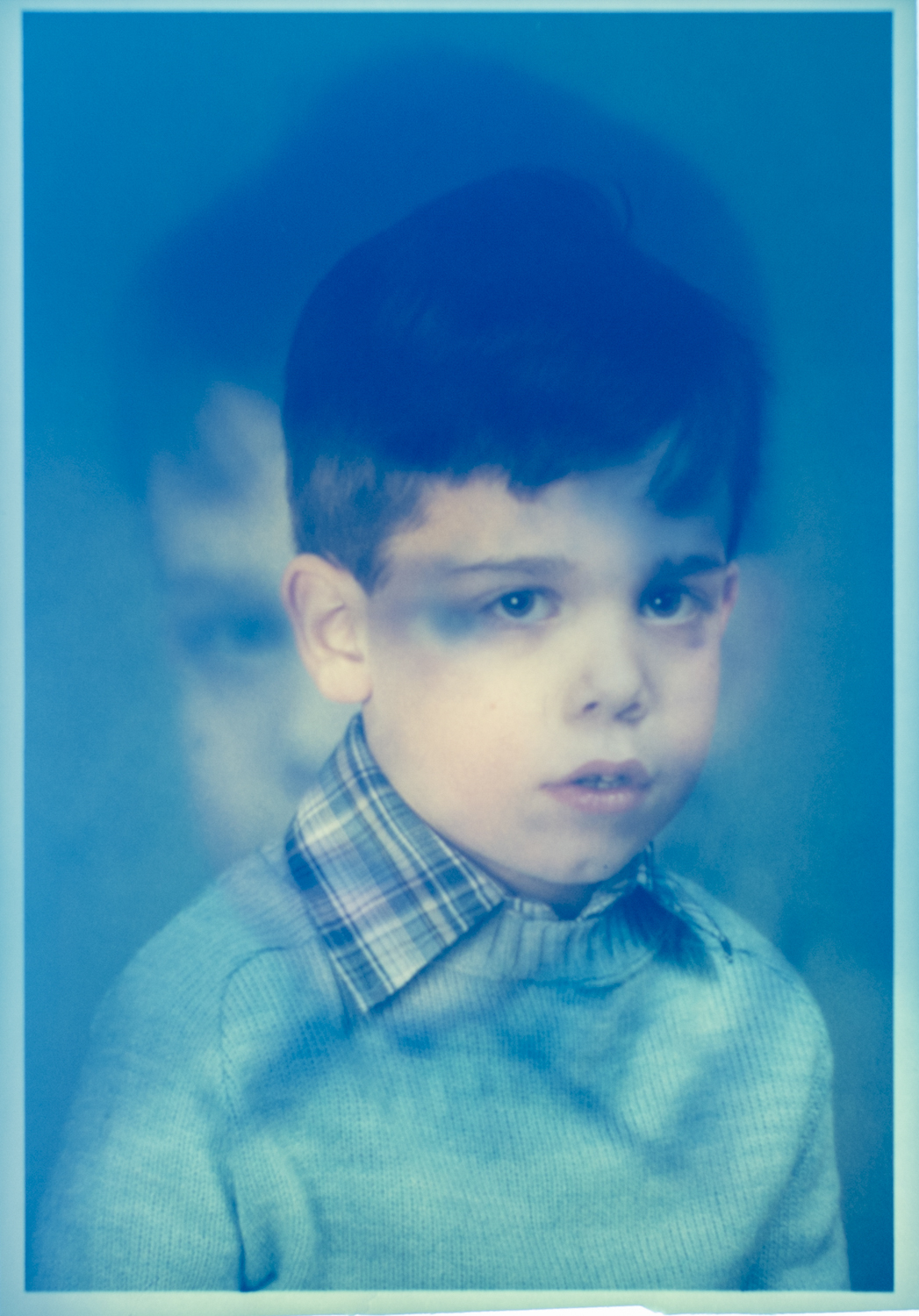

Sign up for our newsletter to get the best of VICE delivered to your inbox daily.
Follow Jon Feinstein on Instagram.
More
From VICE
-

National Lampoon's Christmas Vacation -

Emi Yamamoto/500px/Getty Images -

Narumon Bowonkitwanchai/Getty Images -

Photo: Anna Gorbacheva / Getty Images
